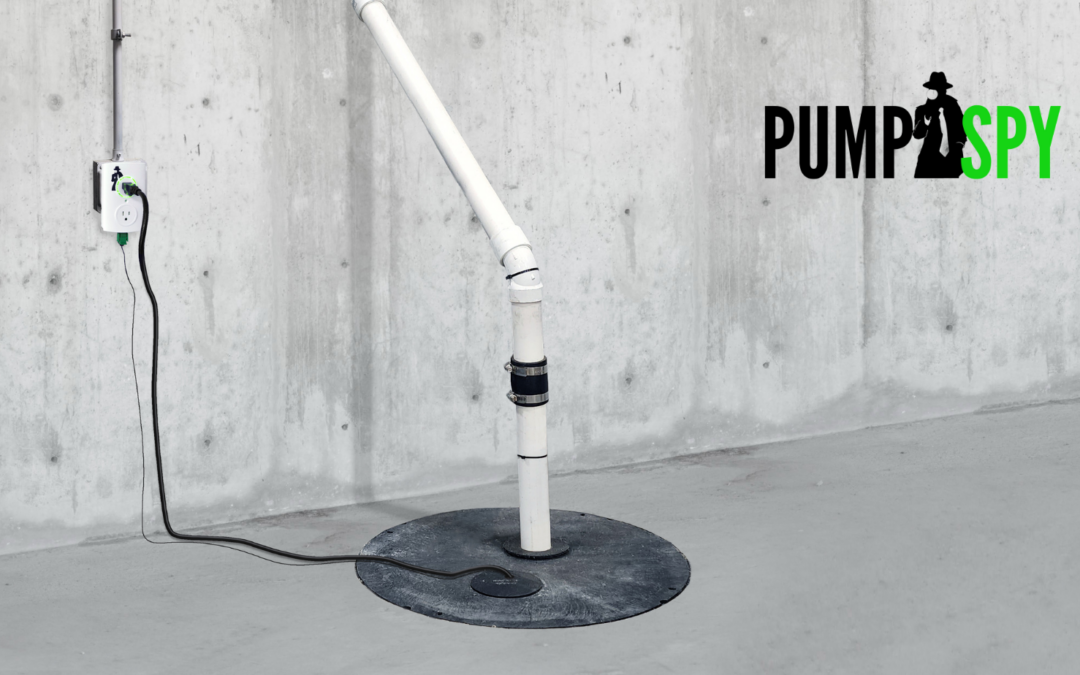Sump pumps are an essential tool in many homes and businesses, designed to help prevent flooding and water damage. But how did this device come to be? Let’s explore the history of sump pumps and their evolution over time.
The earliest form of a sump pump was a simple bucket that was placed in a hole in the ground, often in a basement or crawlspace. The bucket would collect any water that seeped into the area, and someone would have to manually remove the water with a bucket or other container. This was a tedious and time-consuming process, especially in areas where flooding was a common occurrence.
The first mechanical sump pump was invented in the 19th century by a man named James B. Lansing. This early pump used steam power to remove water from mines, and it was also used in some factories to remove wastewater. However, it was too large and expensive for most homes, and it required a significant amount of maintenance.
It wasn’t until the 1940s that sump pumps became more common in residential homes. World War II brought about a housing boom in the United States, and many homes were built in low-lying areas that were prone to flooding. As a result, sump pumps became a popular way to prevent water damage.
The first electric sump pump was invented in the 1950s by a man named Andrew Shane. This pump was much smaller and more affordable than previous models, making it accessible to a wider range of homeowners. By the 1960s, sump pumps were a standard feature in many newly constructed homes.
In the decades since, sump pumps have continued to evolve and improve. Today’s models are typically powered by electricity and can be connected to a backup battery in case of a power outage, just like PumpSpy’s Backup Power System. Some pumps are also equipped with a High Water Alarm that can detect rising water levels and alert the homeowner with a loud sound.
PumpSpy’s technology is the most advanced on the market when it comes to sump pumps. Our products work with our free PumpSpy app, which monitors your sump pump and sends alerts to your phone, tablet, or computer if your sump pump has an issue. This technology allows you to have 24/7 peace of mind that you’re protected from basement flooding, even when you are away from your home.
Sump pumps have come a long way since their humble beginnings as a simple bucket in a hole. Thanks to advances in technology and engineering, they have become an essential tool for preventing water damage in homes and businesses alike. As we continue to face the challenges of climate change and rising sea levels, sump pumps will likely become even more important in the years to come.

